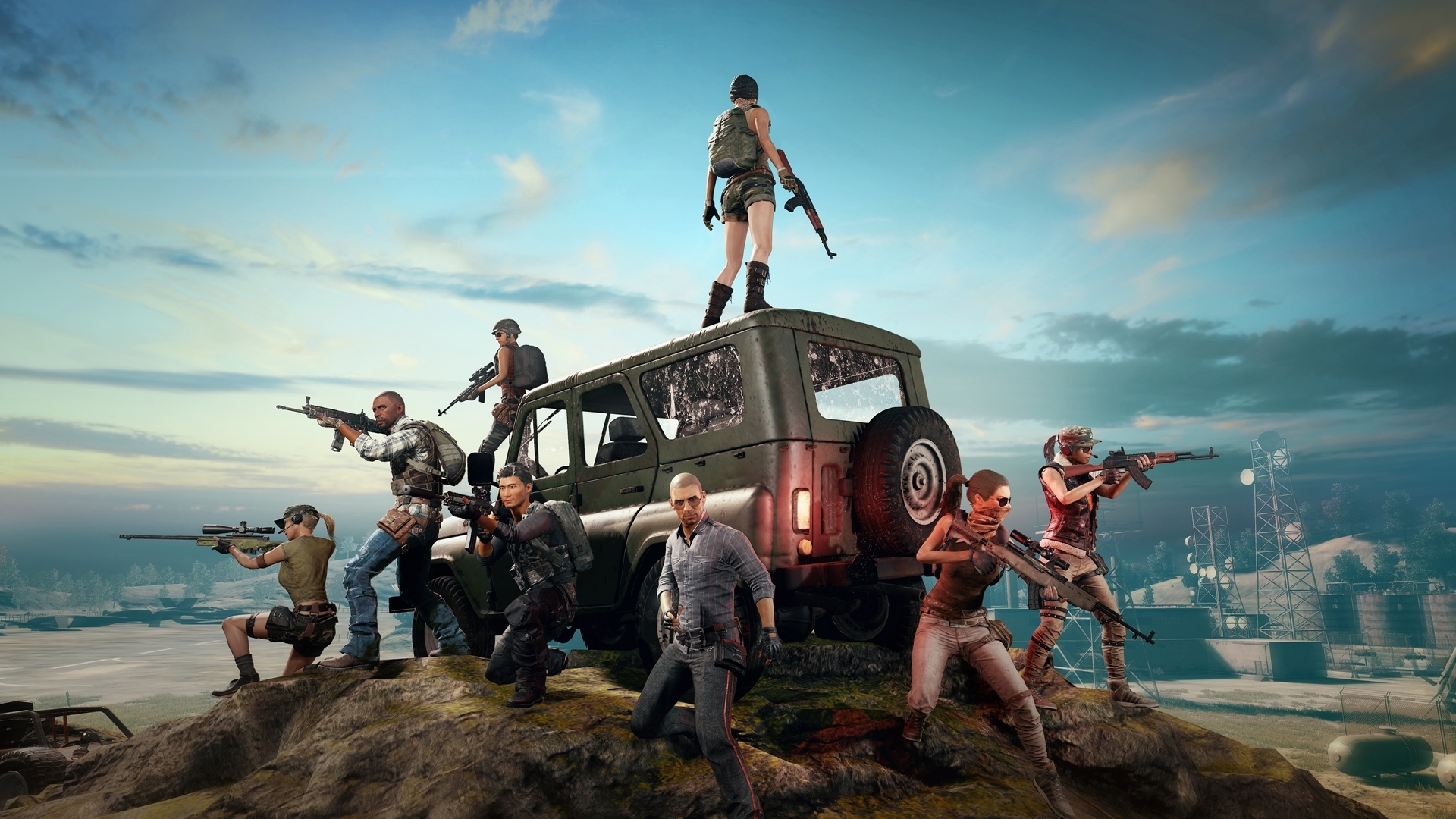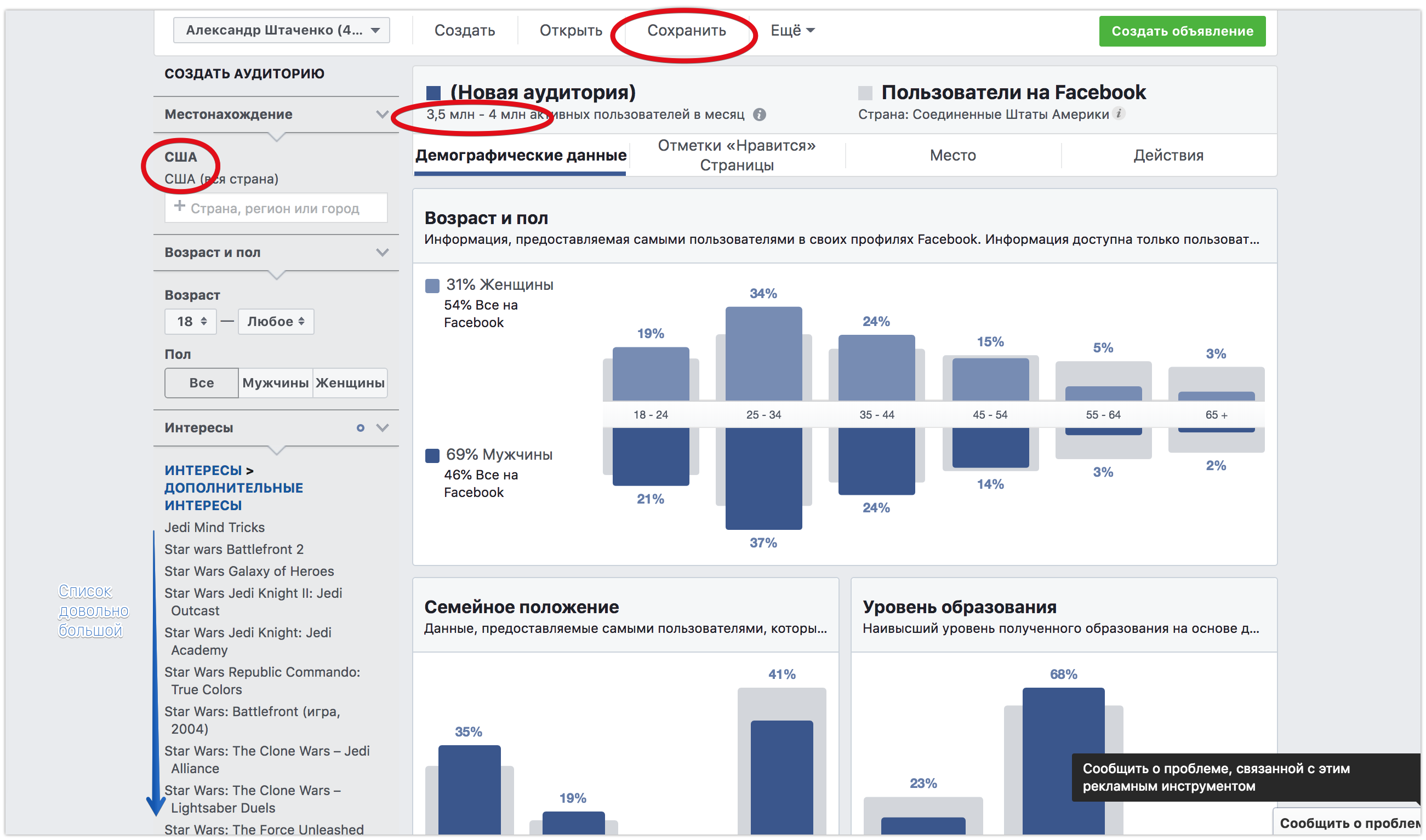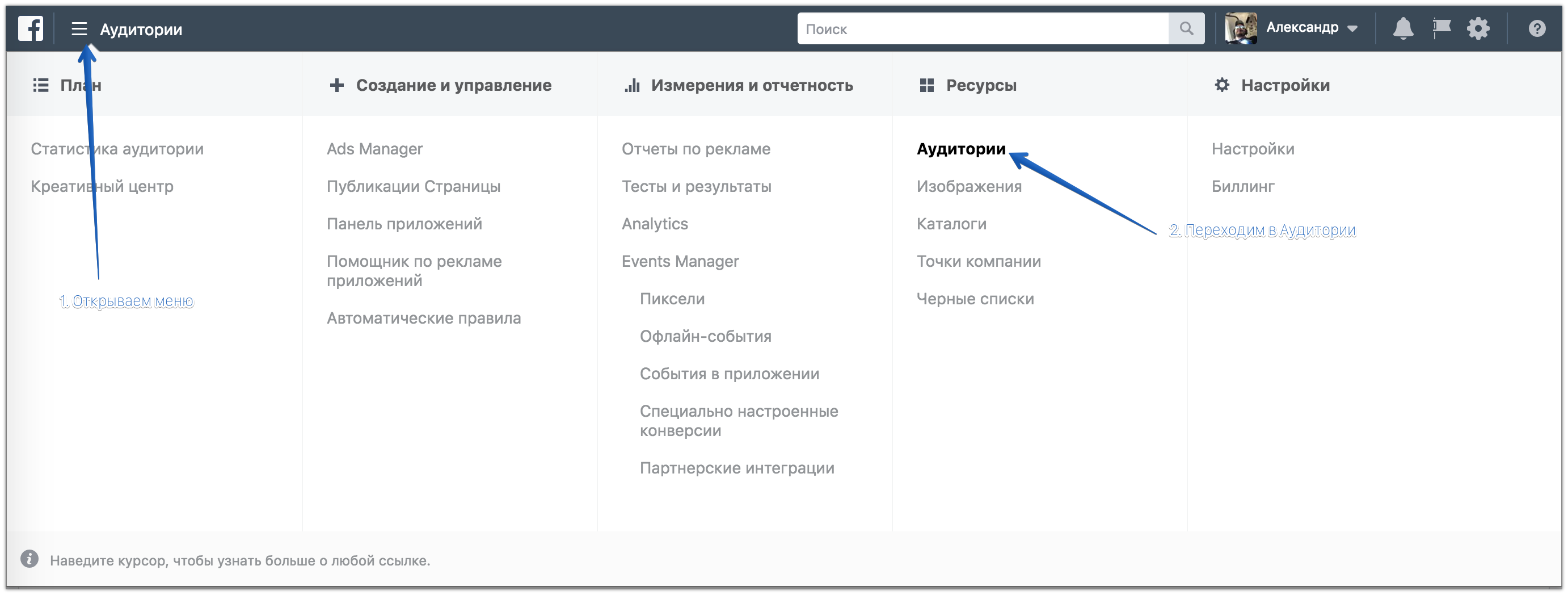How to analyze the audience and choose the right setting?
What to do if the studio decided to make a clone, but is not sure about the choice of the world for it, — says producer Alexander Shtachenko.

Alexander Shtachenko
I offer a case study of the target audience of the future game.
This is a practical example on a real task that faced me a year ago. Then I was asked for help in choosing a setting. Because of the NDA, I can’t tell you what kind of studio it was, but today this project is successfully working on the market.
The choice of setting is not rocket science
Sometimes a new game comes on the market that:
a) successfully combined several genres, subgenres, mechanics;
b) earned money.
In this case, the question “Clone or not” does not arise. The main thing here is: in what setting should I clone it?
In large companies, individual specialists are responsible for such issues. They are immersed in the market, in what is happening on it, they track trends, dynamics.
And what should smaller companies do?
Here, first of all, it is important to understand that there is nothing complicated in the work of such specialists, this is not rocket science! Anyone can conduct market research, even without having access to paid tools.
Case
Let’s say it’s still 2017. Playerunknown’s Battlegrounds (PUBG) has just “taken off”.
A number of companies immediately decide to make a clone of it. And they face a group of questions:
- what clone?
- what setting should I choose for him?
- create your own IP for a clone or take a ready-made one (and if ready-made, then which one)?
Let’s assume that we are just one of these companies. And we have just the second task.
Choosing a setting for Battle Royale
To solve the problem, we need only one tool — FB Audience.
Click on the link and start conjuring. Let’s start with a description of the future audience.
Description of the genre audience
1. Describe the ready-made PUBG audience in the Interests section.
2. Measure the audience.
3. Look at the demographics.
4. Add target countries for your game (without them you cannot save the audience).
5. Save the audience for further research.
For this example, I chose only the USA, which has 600,000 – 700,000 active users whose interests include PUBG.
Description of the setting audience
It’s the same story here, only in the interests of the game setting should be noted. For example, I’ll take:
- “Star Wars”
- “The last fantasy”
- “The Lord of the Rings”
- Minecraft
For each of the settings, we configure the following:
- Interests (setting). Describe them as closely as possible, Facebook itself will filter out duplicates.
- Geography. It should coincide with the geography of the genre (in my case, the USA).
We look at the demographics. If its size suits us, then we keep the audience in a separate group.
We do this for each setting of interest.
Detailed audience setup
Then it’s a little more complicated, we need to figure out the interface.
Here we click on the menu on the left and open the “Audiences” tab. In the new window, we have to check whether they are evaluated correctly by the tool.
If you have the same situation as in the image above, then next we go into editing each audience. To do this, click on the name of the audience and click on “Edit” in the window that appears.
You will have the following window open:
In this window, do the following:
1. Open the list of the “Places” section.
2. Select the column “All people”.
3. Save the changes.
4. Go back to the “Audience”.
5. Be sure to refresh the page!
By the way, in this window you can configure the audience in more detail, add exceptions if necessary.
Now your audiences are ready for comparative analysis.
For example, we see that the monthly audience of those interested in “The Lord of the Rings” has 5.8 million people. We are interested in how many of them are loyal and PUBG?
Audience comparison
1. Select two audiences (tick). One audience is of the genre, and the other is of the setting.
2. In the “Actions” tab, select the “Audience intersection” option.
3. Look at the result.
4. Click on “Add another audience” at the bottom and add all our CA.
5. We get analytics on the intersection of genre and settings.
What conclusion can be drawn from this?
It is worth doing a “Royal Battle” in the Minecraft setting.
By the way, a year earlier, I was not the only one who came to this conclusion. This is evidenced by the appearance of titles such as Grand Battle Royale, Guns Royale and many others.

Conclusion
Of course, FB Audience is a much more flexible tool than I have just demonstrated. And it can be used not only for the described task. He can also help the developer:
- choose a setting for the game;
- find a free niche for the setting;
- find a free niche for the genre;
- see how many players of game “A” are in game “B”;
- view the loyalty of the setting/genre to third brands;
- choose the best IP for the game;
- see which genres and settings are better not to mix.
In order to formulate an answer to any of these questions, it is enough to look at the size of the resulting audience. This helps to understand whether it is worth launching development in one direction or another at all.
I would also like to note from myself that audience analysis is a mandatory procedure at the benchmarking stage and before pre—production in every project (and not only in the game)!
For the first time this post appeared on Shtachenko’s blog.







